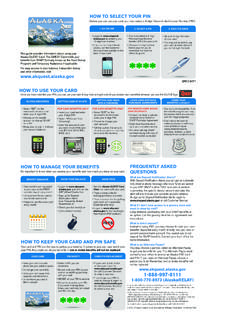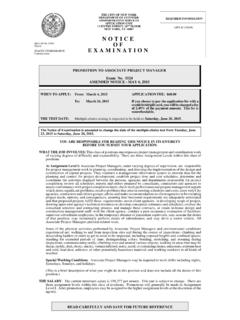Transcription of Wireless-N 300 Router Setup Manual - Netgear
1 Wireless-N 300 Router Setup Manual Netgear , Inc. 350 E. Plumeria Drive San Jose, CA 95134 USA. September 2009. 208-10416-01. 2009 by Netgear , Inc. All rights reserved. Trademarks Netgear and the Netgear logo are trademarks of Netgear . Inc. Microsoft, Windows, and Windows NT are registered trademarks of Microsoft Corporation. Wi-Fi Protected Setup is a trademark of the Wi-Fi Alliance. Other brand and product names are registered trademarks or trademarks of their respective holders. Statement of Conditions In the interest of improving internal design, operational function, and/or reliability, Netgear reserves the right to make changes to the products described in this document without notice.
2 Netgear does not assume any liability that may occur due to the use or application of the product(s) or circuit layout(s) described herein. ii Contents Wireless-N 300 Router Setup Manual Getting to know your Wireless 1. Unpacking your New Router .. 1. Hardware Features .. 3. Front Panel .. 3. Back Panel .. 5. Router Label .. 6. Positioning your Wireless Router .. 6. Installing your Wireless Router .. 7. Updating your Router Firmware .. 8. Installing your Router Using the Smart Wizard .. 9. Using the Smart Wizard .. 9. Accessing your Router After Installation .. 11. Manually Installing your Router .. 12. Connecting your Wireless Router .. 13. Verifying your Connection.
3 16. Setting Up your Router for Internet Access .. 17. Configuring your Wireless 21. Specifying Wireless Settings .. 21. Setting your SSID and Wireless Security Manually .. 21. Using Push 'N' Connect (WPS) to Configure your Wireless Network ..23. Testing Basic Wireless Connectivity .. 26. 28. Basic Setup Checklist .. 28. Checking Basic Router Functions .. 29. Troubleshooting Login Problems .. 31. Checking the Internet Service Connection .. 32. iii Obtaining an Internet IP Address .. 32. Troubleshooting PPPoE .. 33. Troubleshooting Internet Browsing .. 34. Using the Ping Utility to Troubleshoot .. 34. Testing the Path from your Computer to your Router .
4 34. Testing the Path from a Computer to the Internet .. 35. Technical Specifications .. 36. Default Configuration Settings .. 36. Restoring the Default Password and Configuration Settings .. 38. Related Documents .. 39. Registration and 40. iv Getting to know your Wireless Router Congratulations on your purchase of a Netgear high-speed wireless Router , the Wireless-N . 300 Router Model WNR2000v2. Before you begin installing your Router , check the package contents (see Unpacking your New Router on page 1). Become familiar with the front and back panels of your Router especially the status lights and the important information on the Router label (see Hardware Features on page 3).
5 Then, read the section on Positioning your Wireless Router on page 6 to ensure that you have selected the best location to install your Router . Unpacking your New Router your product package should contain the following items: The Wireless-N 300 Router A snap-on stand for your wireless Router An AC power adapter (varies by region). A yellow Ethernet cable The Resource CD, which includes: The Smart Wizard Installation Assistant ( ). A PDF version of this Manual A link to the online documentation. If any of the parts are incorrect, missing, or damaged, contact your Netgear dealer. Keep the carton, including the original packing materials, in case you need to return the product for repair.
6 Getting to know your Wireless Router 1. To prepare your Router for installation: 1. Carefully peel off the protective film covering both sides of your Router (see Figure 1). Figure 1. 2. Set up your wireless Router by inserting the tabs of the stand (supplied with your Router ) into the slots on the bottom of your Router as shown in Figure 2. Then, remove the protective film covering the status light panel of the Router . Figure 2. 3. Place your Router in a suitable area for installation (near an AC power outlet and accessible to the Ethernet cables for your wired computers). To ensure proper heat dissipation and for Router stability, it is important that you connect the stand and place your Router in an upright position.
7 Getting to know your Wireless Router 2. Hardware Features Before you install and connect your Router , take a moment to become familiar with the front and back panels of the Router especially the status lights on the front panel. Front Panel The Router front panel, shown in Figure 3, contains status lights. (For more information on interpreting the status lights, see Verifying your Connection on page 16 and Checking Basic Router Functions on page 29.). 1. 2. 3. 4. 5. Figure 3. Getting to know your Wireless Router 3. You can use the status lights to verify various conditions. Table 1. Status Light Descriptions Label Activity Description Solid Amber The Router is performing the power-on self-test diagnostic.
8 Solid Green The power is on and the Router is ready. Fast blink Green A software update is in progress. 1. Power Slow blink Green Firmware is corrupted. See Checking Basic Router Functions on page 29 for instructions on restoring your Router firmware. Off Power is not being supplied to the Router . Solid Amber No IP address acquired. Solid Green The wireless Router has acquired an Internet address. 2. Internet Blinking Green Data is being communicated with the Internet. Off No Ethernet cable is connected to the modem. Solid Blue The wireless interface is enabled. 3. Wireless Blinking Blue Data is being communicated over the wireless network. Off The wireless interface is turned off.
9 Solid Green The local port is connected to a 100 Mbps device. Blinking Green Data is being transmitted at 100 Mbps. 4. LAN Solid Amber The local port is connected to a 10 Mbps device. (Ports 1 4). Blinking Amber Data is being transmitted at 10 Mbps. Off No link is detected on this port. Solid Green Indicates that wireless security (WEP, WPA-PSK, or WPA2-PSK) is 5. Push 'N' Blinking Green on. Connect Off WPS-capable device can associate with the Router within 2 minutes. No WPS connection exists. Getting to know your Wireless Router 4. Back Panel The Router back panel, shown in Figure 4, contains port connections. 1. 2. 3. 4. 5. 6. Figure 4. Viewed from top to bottom, the rear panel contains the following elements: 1.
10 Wireless On/Off button. 2. Restore factory settings button. Press for approximately 5 seconds to reset the Router to the factory default settings. 3. Four Local Area Network (LAN) 10/100 Mbps Ethernet ports for connecting the Router to your local computers. 4. Internet/Wide Area Network (WAN) Ethernet port for connecting the Router to a cable or DSL. modem. 5. Power on/off push-button. 6. AC power adapter outlet for connecting the power adapter. Getting to know your Wireless Router 5. Router Label The label on the back of the wireless Router shows the Router 's MAC address, serial number, security PIN, and factory default login information. 1. The ports on the Router are color-coded to distinguish your Internet port from the other four ports that connect to the wired computer(s) on your Local Area Network (LAN).
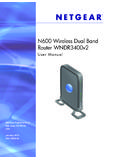
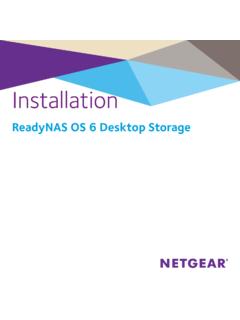
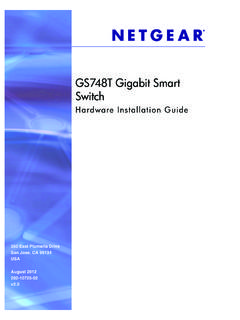
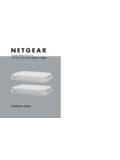
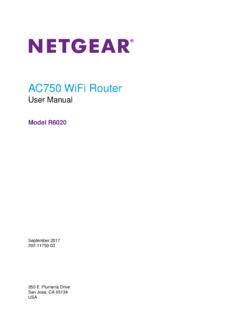
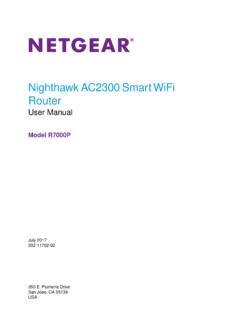
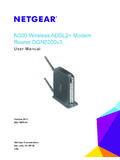
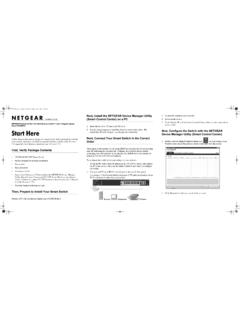
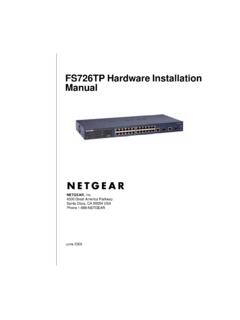



![]khWj ed =k Z[ - Medical University of South Carolina](/cache/preview/4/9/3/1/6/0/0/4/thumb-49316004a0f860b7ac2e6396811629fe.jpg)
